The name we all recognise today started out with one George Kynoch, a Scotsman born in Peterhead, Aberdeenshire in 1834, who at a very early age recognised that he had much bigger ambitions than his native home could foster. In his early 20s, he decided to move south and headed for the very heartland of the industrial age – Birmingham, said to be the city of a thousand trades and, amongst other things, one of the largest arms manufacturers in the world. Naturally, where there were arms, there was a need for primers and explosives. It was into this rather unconventional world that George Kynoch was drawn, taking a job at percussion cap manufacturers, Pursall and Phillips of Whittall Street.
In 1862, five years after joining the company, George took ownership of the firm and changed the name to Kynoch & Co. At the same time, he moved the firm to a new site at Witton, north of Birmingham, creating a factory that would become known as 'The Lion Works' with the lion becoming the official trademark of the Kynoch brand.
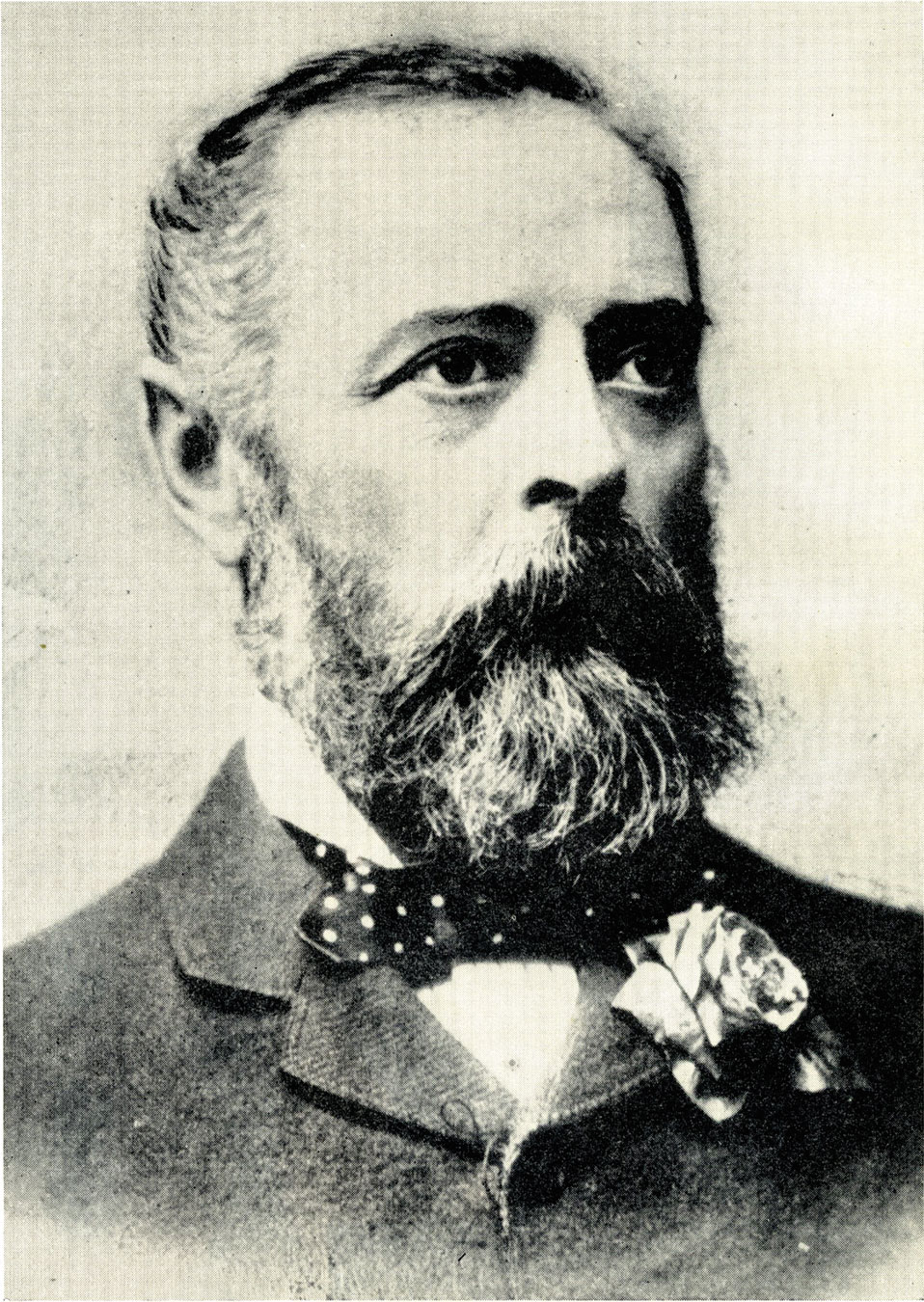 Founder George Kynoch who established the most famous company to ever produce sporting metallic ammunition.
Founder George Kynoch who established the most famous company to ever produce sporting metallic ammunition.
At this point it became clear that George Kynoch was no ordinary businessman, the coming decades seeing considerable growth and expansion of the company as he grasped new technology and, more importantly, the use of the solid-drawn metallic cartridge case. Such was the success of the business that, in 1884, it went public and the name was changed to G. Kynoch & Co. Ltd.
However, what became clear later is just how detached from the business George had become, and by 1888, the company was suffering from serious financial troubles and George was asked to resign his position of both Managing Director and as a director of the board. Sadly, within only a couple of years, the once great founder of one of the most famous ammunition manufacturers in the world passed away at the age of 57.
So what of his legacy? Like all great businesses, there were good times and bad. The board put in place after the original sale of 1884 was lucky to have Arthur Chamberlain at the helm who would restructure the business over the coming decades, before passing it onto his son Arthur Chamberlain Jr. in 1913. For financial reasons, the company name was changed again in 1897 to the one we all know so well today ‘Kynoch Ltd’, which really was the dawn of the metallic sporting rifle cartridge era.
Britain’s empire was vast, and with reliable solid drawn brass cases, jacketed bullets and reliable propellants at their disposal, the gun and rifle makers of the day vied for supremacy by introducing their own proprietary calibres. Kynoch was right in the thick of it and supplied the likes of Holland & Holland, W.J. Jeffery, Westley Richards, John Rigby and George Gibbs to name but a few, with all the ammunition necessary to keep their respective clients happy. The company’s reputation for quality was second to none with the ammunition setting the standard by which all others were judged. The various makers came out with their own simple yet beautifully designed boxes before Kynoch introduced its now famous red and yellow packaging in 1928. Tropical tins were also made available for shipments to the furthest corners of the empire, ensuring the ammunition arrived in perfect condition.
Several amalgamations would follow as two World Wars in fairly quick succession took their toll on the world economy and the British Empire. Kynoch, Eley and Nobel joined forces in 1919, in a successful bid to survive the First World War, and whilst Kynoch remained an independent headstamp for metallic rifle ammunition, shotgun ammunition tended to have the Eley-Kynoch headstamp. In a bid to further strengthen the companies, in 1926, Imperial Chemical Industries Ltd. (ICI) was set up to amalgamate an even larger portfolio of companies to protect British manufacturing interests.
What was to become clear for Kynoch in the following four decades was how fickle the metallic ammunition market could be. Following the end of World War Two, ammunition sales declined steadily as armies around the world adopted more modern weapons – the nuclear age. The decision was made in 1968 to cease all production of sporting metallic rifle ammunition, a sad end to a great brand. Or so everyone thought.
The early 1990s saw a resurgence of interest in both vintage and new double rifles which led to the rebirth of the brand. The name was licenced from Eley to David Little – a long term employee of the ICI group – who, under the name ‘Kynamco’, once again began supplying the world with ammunition that replicated as far as possible the original Kynoch loadings. This rebirth was, in many ways, the saviour of the big game rifle, and is responsible for the present healthy interest in British made big game rifles.
The Explora Blog is the world’s premier online journal for field sports enthusiasts, outdoor adventurers, conservationists and admirers of bespoke gunmaking, fine leather goods and timeless safari clothes. Each month Westley Richards publishes up to 8 blog posts on a range of topics with an avid readership totalling 500,000+ page views per year.
Blog post topics include: Finished custom rifles and bespoke guns leaving the Westley Richards factory; examples of heritage firearms with unique designs and celebrated owners like James Sutherland and Frederick Courtenay Selous; the latest from the company pre-owned guns and rifles collection; interviews with the makers from the gun and leather factory; new season safari wear and country clothing; recent additions to our luxury travel bags and sporting leather goodsrange; time well spent out in the field; latest news in the sporting world; and key international conservation stories.












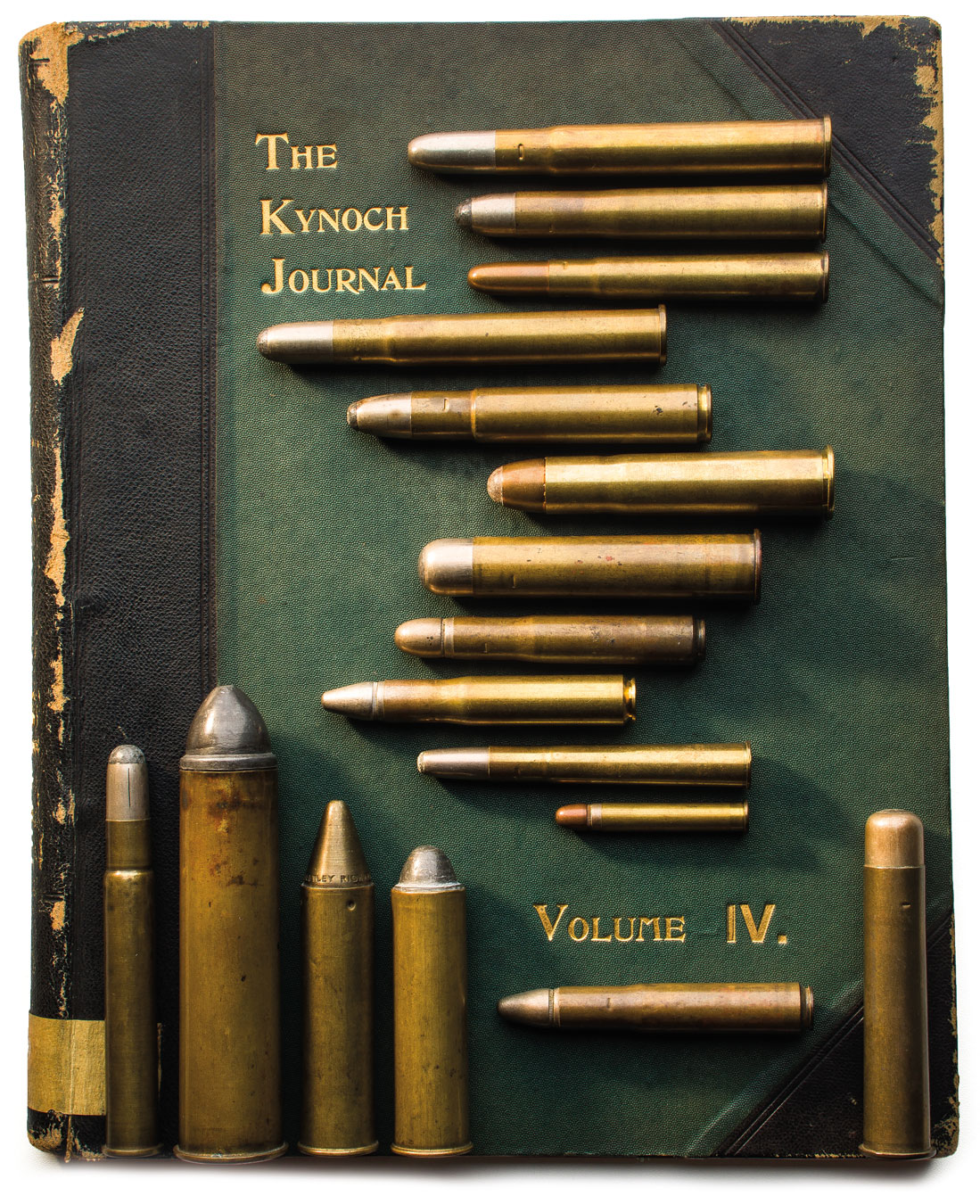
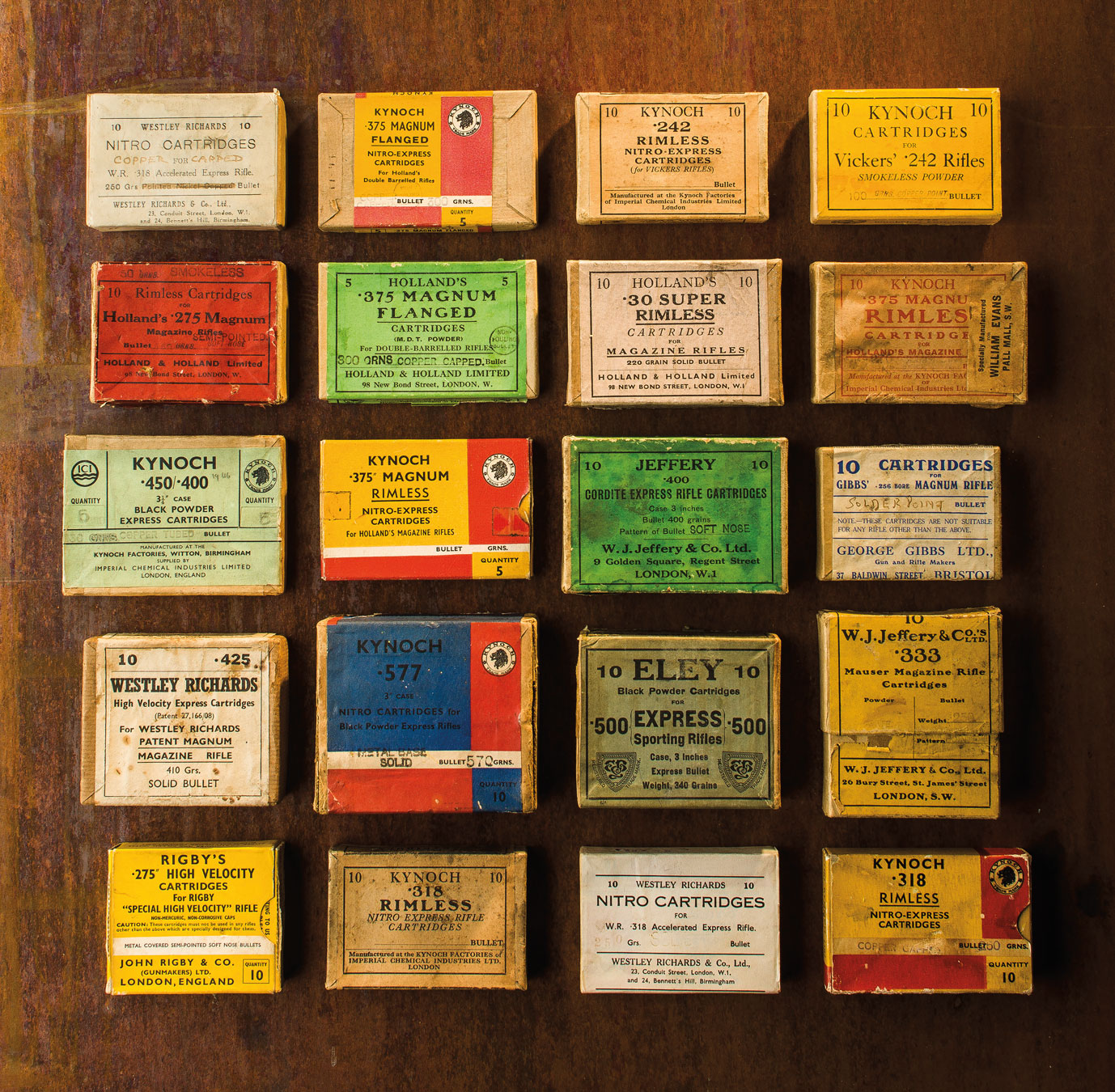
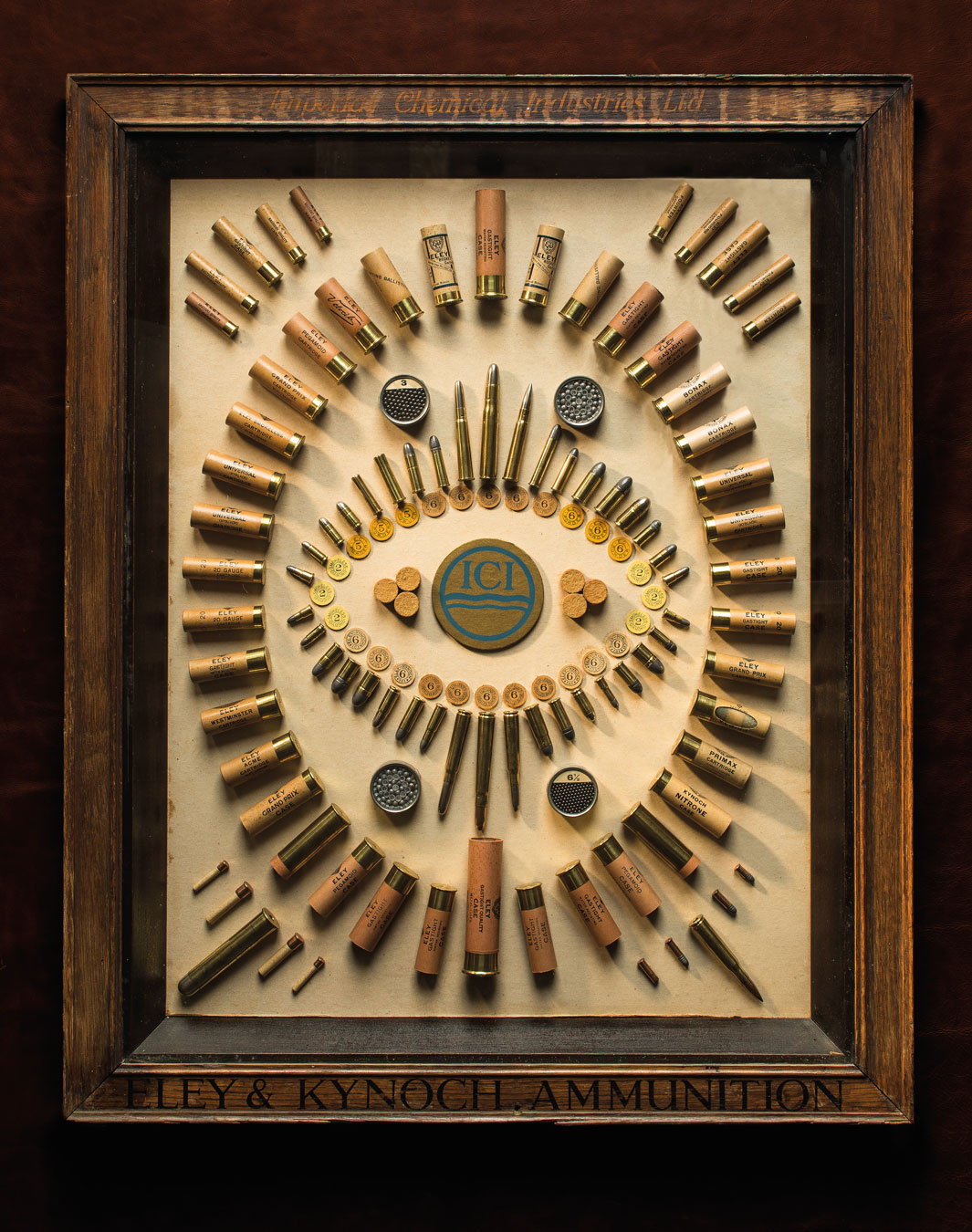

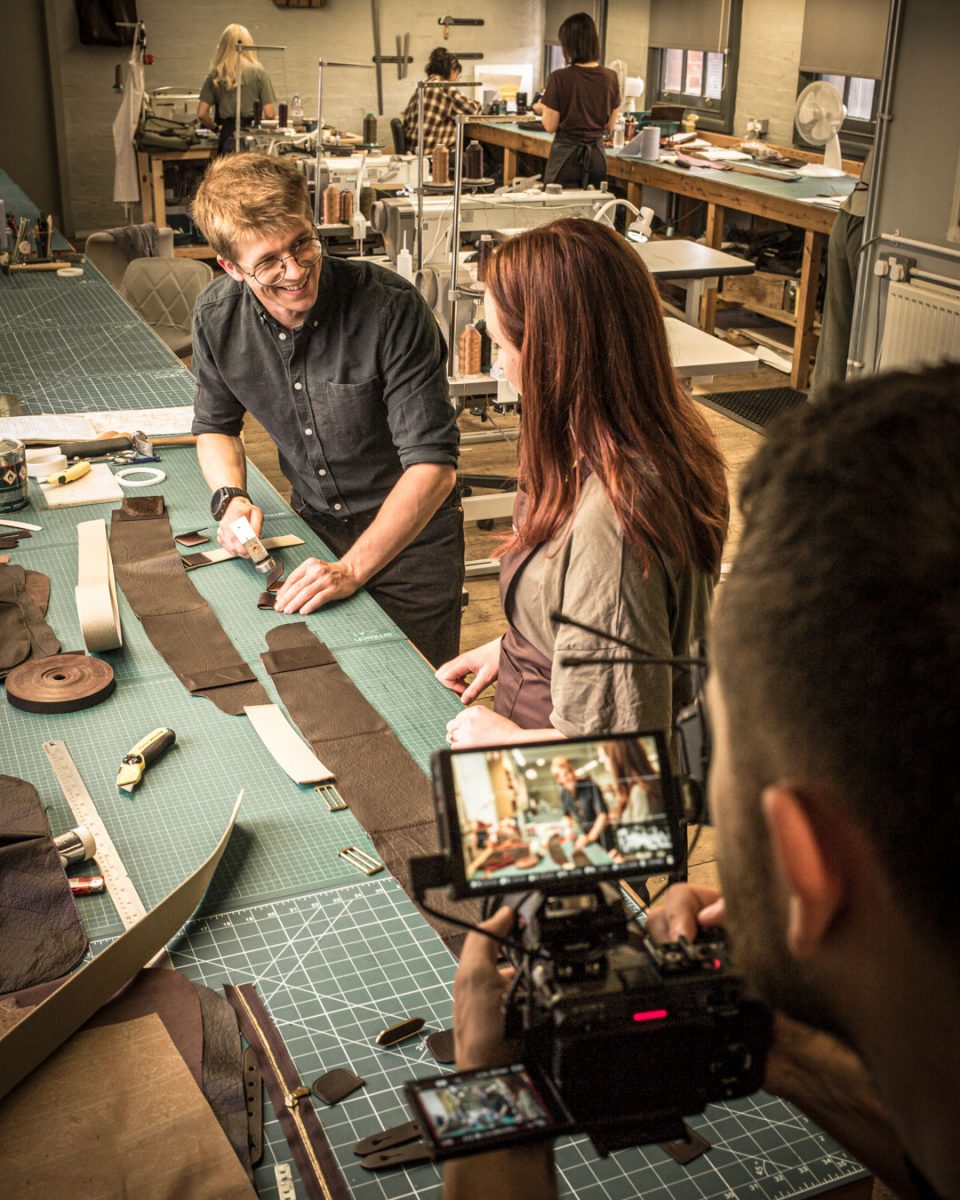
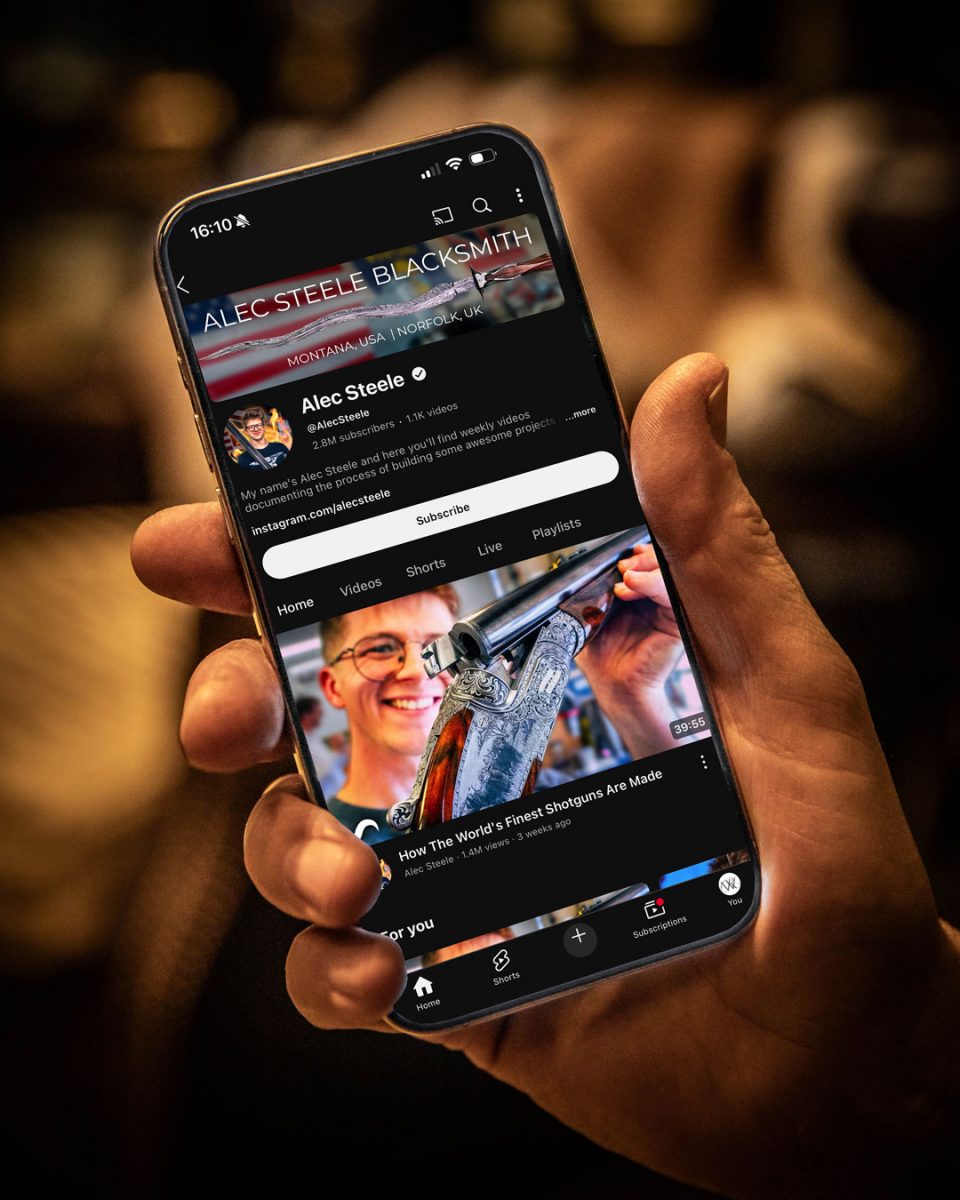
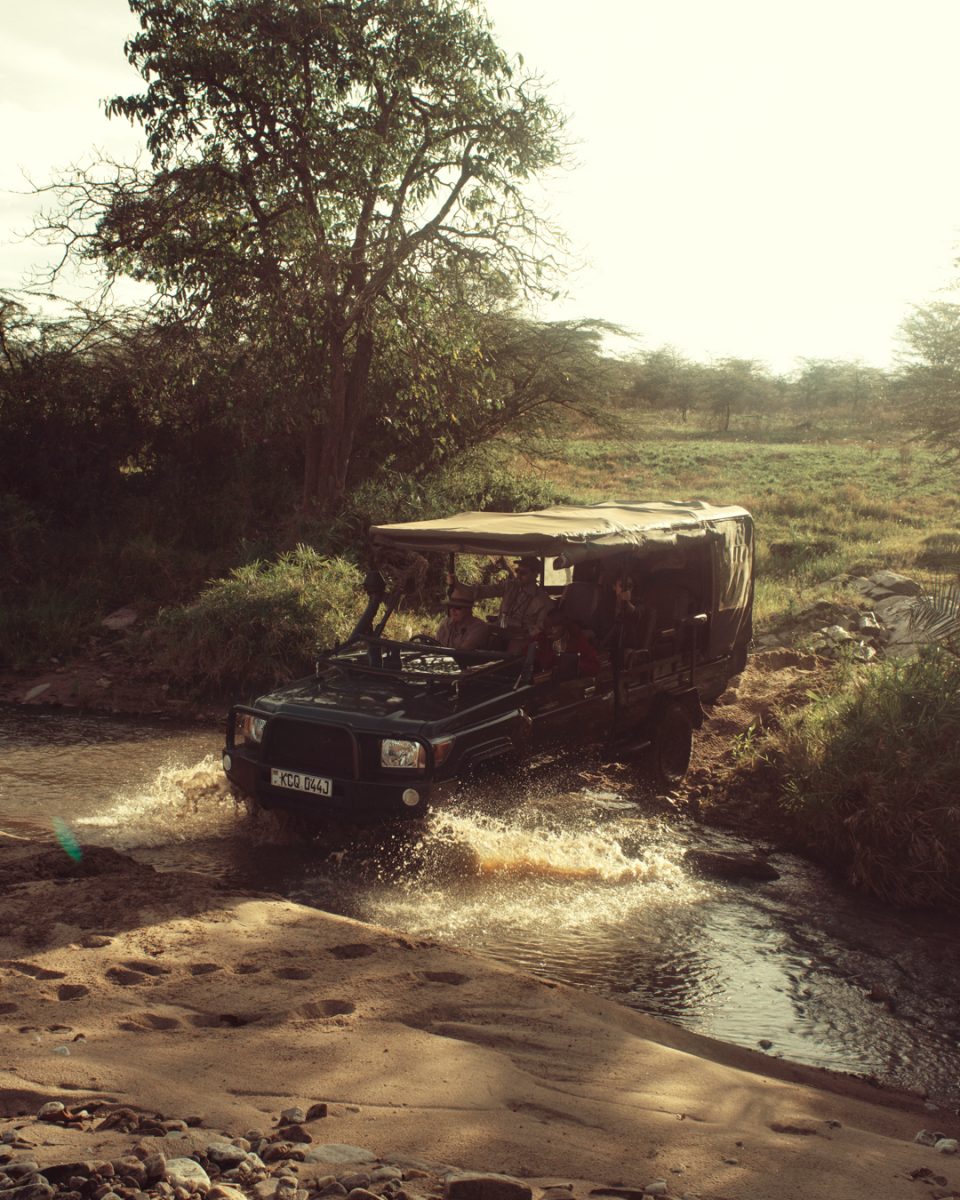


Paul Phelan on October 14, 2020 at 3:57 am
Thanks for a great and concise history of Kynoch . I grew up using Kynoch and Eley cartridges which performed wonderfully well . Best regards Paul
Richard A Pratt on October 15, 2020 at 11:26 am
I used to play field hockey for Kynoch (as a ringer!) in 1970 or 1971 in Birmingham. It was great fun and I have some fond memories. Some of my friends also had vacation jobs there in 1972 or 1973. They were still making ammunition of some type during that period, but you say that rifle ammunition was discontinued in 1968, so what were they making in the early seventies and for how long?
Oddly enough, I went on to work for ICI later in 1978, in Teesside.